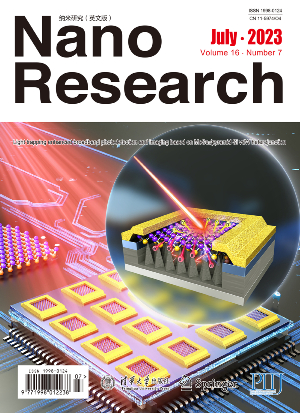The paper shows the results of the mathematical model development and the numerical simulation of the oxygen vacancies, and the distribution of TiO, Ti2O3, and TiO2 oxides in the titanium oxide nanostructure obtained by local anodic oxidation (anodization). The effect of the anodization voltage pulse duration and amplitude on the titanium oxide composition distribution and the conduction channel formation was shown. Synaptic device prototypes based on electrochemical titanium oxide are fabricated and investigated. It was shown that forming free resistive switching between the low resistances state (LRS) 1.43 ± 0.54 kΩ and the high resistance state (HRS) 28.75 ± 9.75 kΩ were observed during 100,000 switching cycles and LRS 1.49 ± 0.23 kΩ was maintained for 10,000 s. Multilevel resistive switching of the synaptic device prototype was investigated. It was shown that increasing Uset from 0.5 to 1.5 V leads to different LRS from 3.96 ± 0.19 to 0.71 ± 0.10 kΩ. The results obtained can be used in the development of technological foundations for the formation of high-performance multilevel artificial synapses for elements of neuroelectronics and hardware neural networks.
